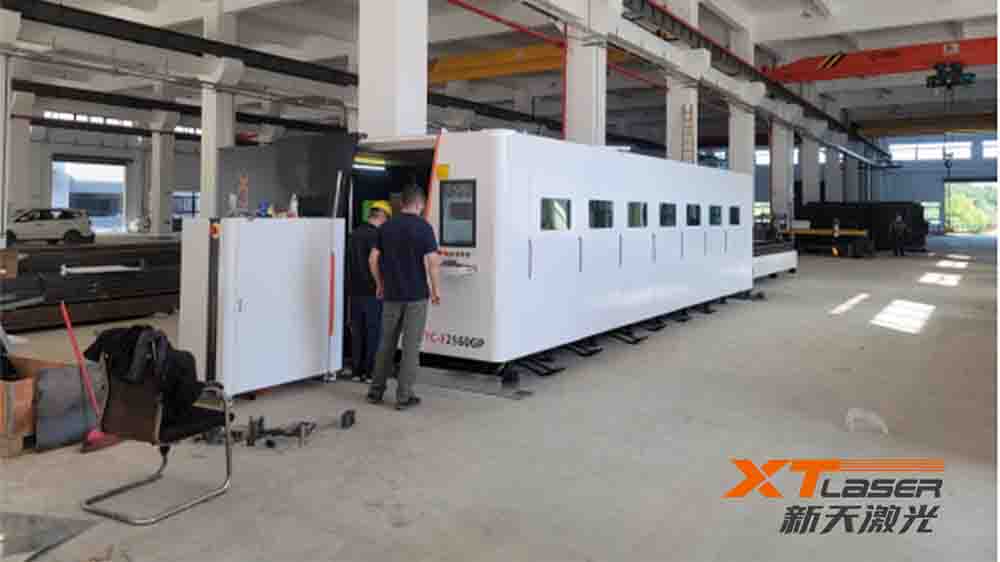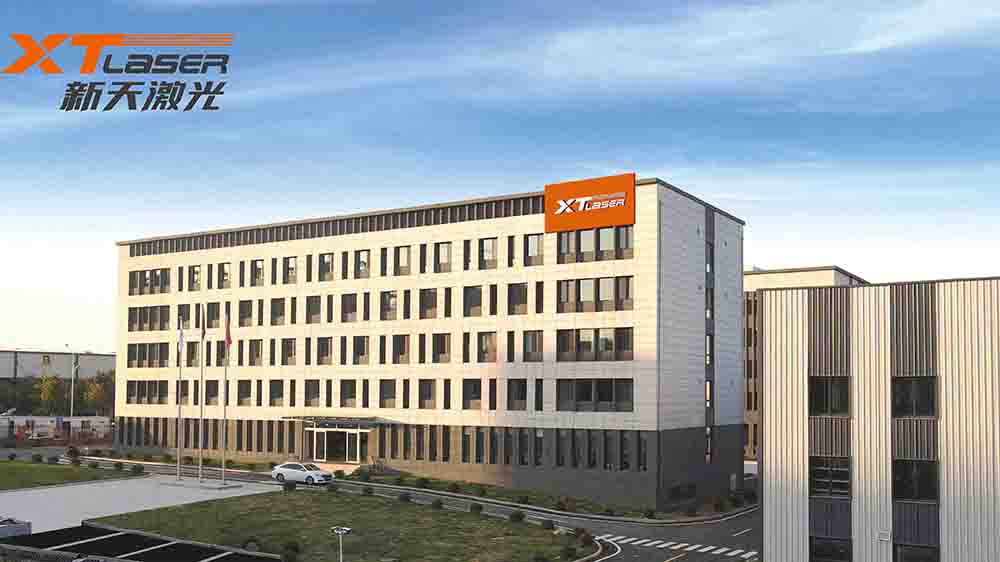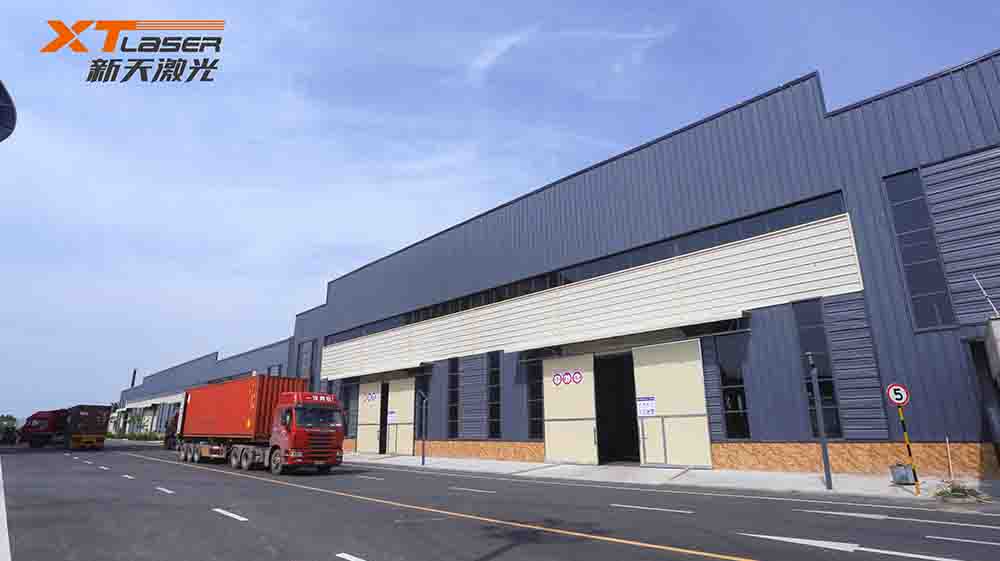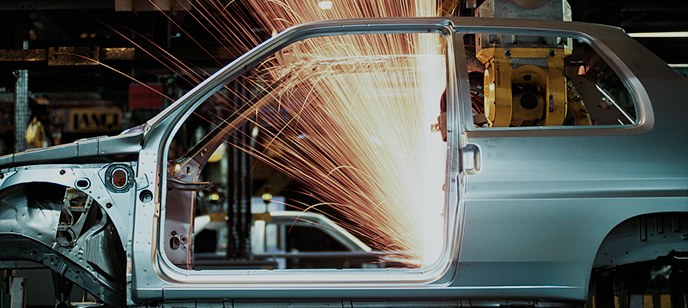Glass cutting has come a long way over the years, with advancements in technology enabling more precise and efficient methods. One such cutting-edge technique that has revolutionized the glass cutting industry is picosecond glass cutting. In this article, we will explore the incredible capabilities of picosecond glass cutting and how it has become a game-changer in the world of glass fabrication.
What is Picosecond Glass Cutting?
Picosecond glass cutting is a cutting-edge laser cutting technique that utilizes ultra-short laser pulses with durations in the picosecond range (10^-12 seconds) to precisely cut through glass materials. This technology employs an ultrafast laser that emits high-energy pulses in picoseconds, which results in a localized and controlled ablation of the glass material, leaving behind an exceptionally clean and smooth cut surface.
How Does Picosecond Glass Cutting Work?
Picosecond glass cutting works by using a high-energy laser beam that is focused onto the surface of the glass material. The ultra-short duration of the laser pulses allows for precise and localized energy deposition, resulting in minimal heat generation and reduced thermal stress on the glass material. This results in a minimal heat-affected zone (HAZ) and negligible microcracks, ensuring the highest quality cut with minimal risk of damaging the glass material.
The incredible precision of picosecond glass cutting is due to the unique interaction between the ultrafast laser pulses and the glass material. The high-energy pulses rapidly ionize the glass, creating a plasma of charged particles. These charged particles absorb the laser energy, resulting in a localized ablation of the glass material. The short duration of the pulses prevents the heat from spreading to the surrounding areas, resulting in a clean and precise cut with minimal debris or chipping.
Applications of Picosecond Glass Cutting
Picosecond glass cutting has a wide range of applications across various industries, where precision and quality are paramount. Some of the notable applications of picosecond glass cutting include:
Electronics Industry: Picosecond glass cutting is used in the fabrication of glass substrates for electronic devices such as displays, touchscreens, and microelectromechanical systems (MEMS). The high precision and minimal HAZ of picosecond glass cutting make it ideal for cutting delicate glass materials used in electronic components.
Automotive Industry: Picosecond glass cutting is utilized in the production of automotive glass components such as windshields, windows, and sunroofs. The precision and quality of the cuts achieved with picosecond glass cutting ensure a perfect fit and finish, enhancing the overall performance and aesthetics of the glass components.
Medical Industry: Picosecond glass cutting is employed in the manufacturing of medical devices such as glass substrates for optical fibers used in surgical and diagnostic equipment. The clean and smooth cuts achieved with picosecond glass cutting are crucial for ensuring the safety and reliability of medical devices.
Aerospace Industry: Picosecond glass cutting is used in the fabrication of glass components for aerospace applications such as aircraft windows, cockpit displays, and optical sensors. The high precision and minimal HAZ of picosecond glass cutting make it ideal for cutting glass materials used in aerospace components that require strict adherence to quality and safety standards.
Advantages of Picosecond Glass Cutting
Picosecond glass cutting offers several advantages over traditional glass cutting methods, making it a preferred choice for many high-precision applications. Some of the key advantages of picosecond glass cutting include:
Unmatched Precision: Picosecond glass cutting offers unparalleled precision, with the ability to achieve cuts with sub-micron accuracy. The localized and controlled ablation of the glass material results in minimal collateral damage, ensuring a clean and smooth cut surface with negligible microcracks or debris












